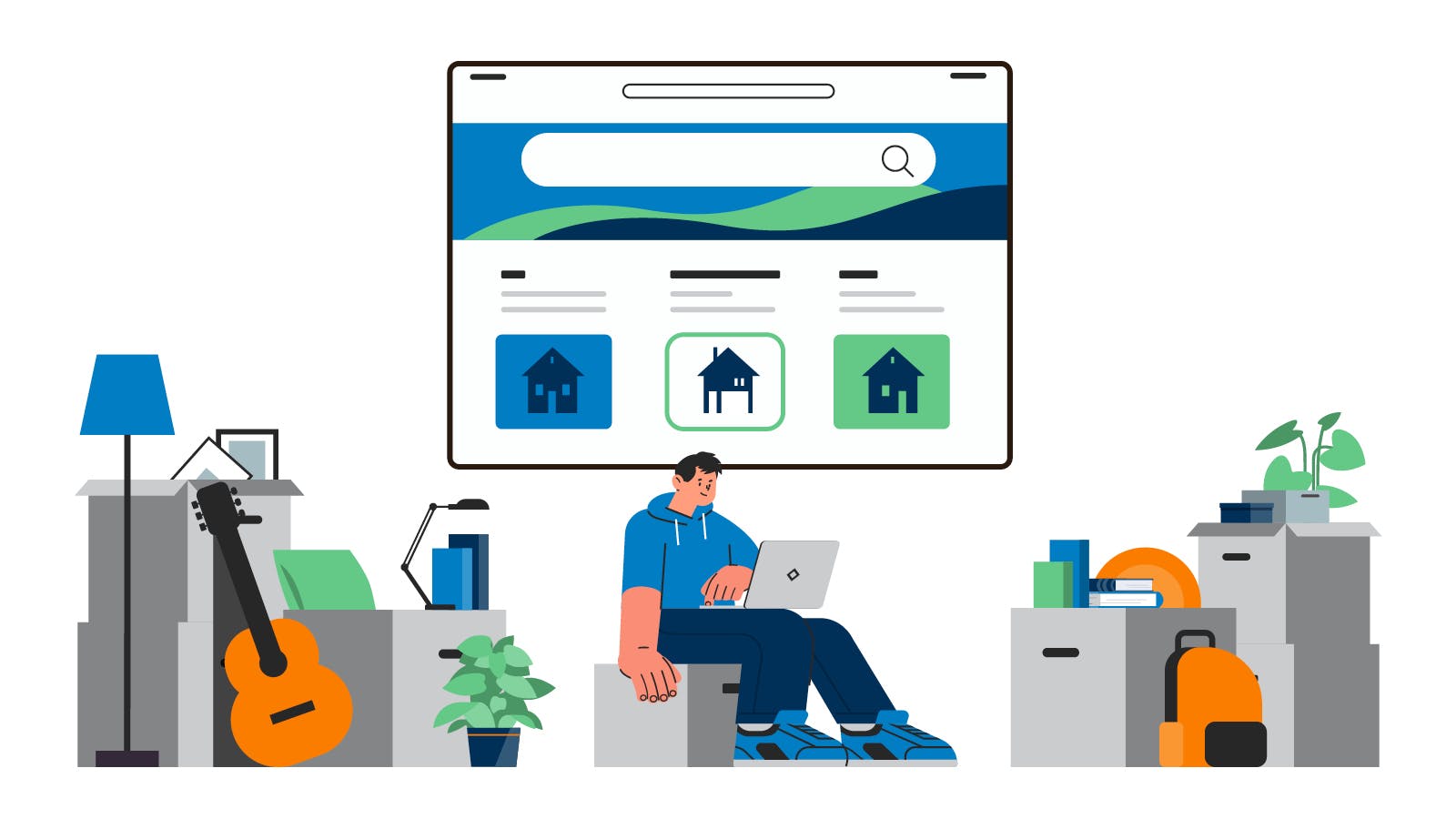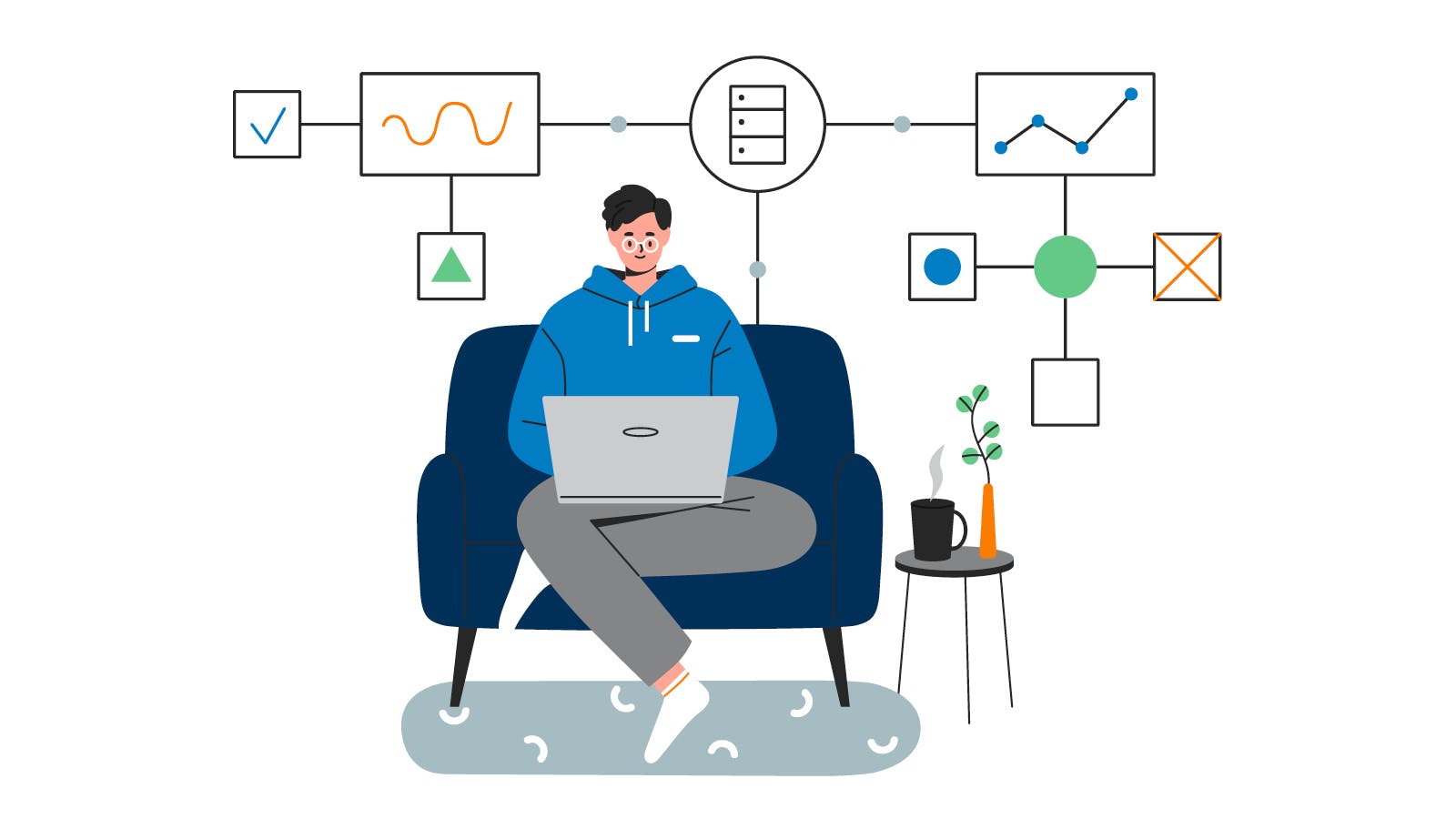Have you been told that you might not qualify for some home loan options? Worried that your credit or down payment just won’t cut it? If you answered “yes” – and if you love the idea of wide open spaces – a USDA loan might be just the ticket to your dream home.
You may be wondering, what exactly is it, and how does a USDA loan work?
The truth is that the USDA loan can be one of the most sought-after home loan options on the market, so don’t overlook this powerful, lower-cost mortgage loan option.
What is a USDA Loan?
A USDA loan is a home loan provided by the United States Department of Agriculture (USDA) Rural Development through their USDA Rural Development Guaranteed Housing Loan Program. These loans are designed for lower income borrowers in eligible rural areas. Eligible applicants must fall below certain income limits and must be unable to obtain a mortgage loan through more standard avenues. Thats right! In this case, the financial situation that could get you turned down from other home loan types could help you qualify for the USDA option.
How Does a USDA Loan Work?
A USDA loan is a home loan that is backed, or insured, by the government. This means that the loan operates outside of restrictions placed on private, conventional loans, like those backed by the Federal National Mortgage Association (Fannie Mae) or the Federal Home Loan Mortgage Corporation (Freddie Mac).
Essentially, if the borrower defaults on their mortgage loan, the government is on the hook to pay the lender back. That means less risk to the mortgage lender and potentially more favorable terms for the homebuyer!
Government-backed loans often come with more flexible eligibility requirements. Other examples are VA loans and FHA loans.
But how does a USDA loan work? Obtaining a USDA loan typically happens in one of three ways:
- Loan Guarantee
Buyers can work with a local mortgage professional to obtain a mortgage loan that is guaranteed by the USDA. Borrowers may have to purchase mortgage insurance in this case.
- Direct Loan
The USDA can also fund mortgage loans itself. Direct USDA loans are typically reserved for those buyers who qualify as low- or very-low income.
- Loans or Grants for Improvements
Owners may be able to also utilize the USDA to fund qualifying home improvements.
Pros and Cons of USDA Loans
While USDA Loans may be highly valuable home loans, they’re certainly not for everyone. Before diving too deep into this loan type, you’ll want to develop an understanding of some of the applicable pros and cons.
Some of the benefits of obtaining a USDA Loan include:
- USDA loans can provide a powerful path to homeownership for eligible low- to moderate-income borrowers in rural and suburban areas.
- USDA loans can help build up or revitalize qualifying rural and suburban areas.
- These loans are often less expensive than FHA Loans.
- It is possible to obtain a USDA loan with 0% down.
Some of the drawbacks of obtaining a USDA Loan include:
- Many borrowers may not qualify for a USDA Loan. Borrowers must meet strict eligibility requirements, including having an income at or below the applicable low-income limit. Moderate- and high-earners likely will not qualify for this program.
- Obtaining a USDA Loan is only possible for a home in an approved rural or suburban area. This loan cannot be used to purchase property or homes in large cities or towns.
- Borrowers of USDA Loans may still need to purchase mortgage insurance if they cannot put 20% down.
Who May Qualify for a USDA Loan?
Because the USDA Loan program is so powerful, eligibility is fairly strict. Not everyone will qualify for this loan type.
To be eligible to be considered for a USDA Loan, you must:
- Have a willingness and ability to repay the loan.
- Have no access to decent, safe and sanitary housing.
- Be unable to obtain a home loan using another loan program.
- Use the property as your primary residence.
- Be a US citizen or eligible noncitizen.
- Be eligible for participation in federal programs.
- Have an income at or below the applicable low-income limit to qualify for a direct loan. This figure varies depending on your home state, but moderate income is considered $103,500 annually for a one- to four-person household.
It’s also important to note that the property in question must also qualify for a USDA loan.
To be eligible to be financed by a USDA loan, a property purchased with direct funds must:
- Be 2,000 square feet or less.
- Serve as a primary residence and not be used for any income-producing activities.
- Be in an eligible area. You can search for specific addresses or simply browse using the USDA’s map feature.
In other words, while a potentially powerful homebuying tool, USDA loans are certainly not for everyone.
How to Apply for a USDA Loan
This loan type can be one of the most powerful on the market and could help you achieve homeownership in a more affordable way.
Start by reviewing the eligibility requirements above and take the Single-Family Housing Eligibility Self-Assessment on the USDA’s site. This quick online quiz will help clarify whether you may be eligible as well as suggest next steps.
You may also want to get in touch with a mortgage broker. The right home finance professional in this case should likely have plenty of experience with USDA loans and can help guide you through the process.
USDA Loans: A Powerful Path to Homeownership
USDA Loans may be one of the most sought-after loan types on the market. These mortgage loans come with as little as 0% down, are typically more affordable than FHA Loans and can help positively shape eligible rural and suburban areas.
Perhaps most importantly, they represent an impressive potential tool in helping eligible low- to moderate-income borrowers in rural and suburban areas achieve the dream of homeownership.
If you’re ready to finance your dream home, and believe you may qualify for a USDA loan, get in touch with a home finance professional today for a cost-free loan evaluation.
Published on November 7, 2022


